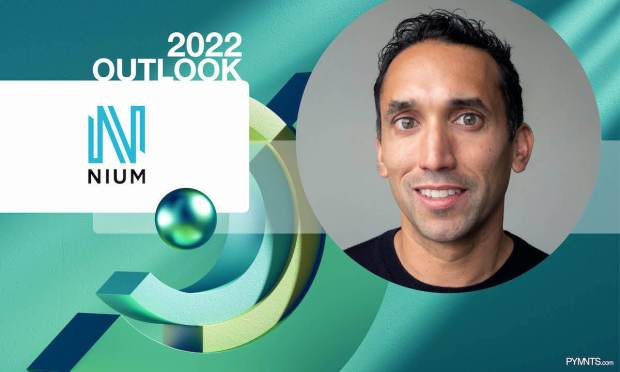B2B Payments Solutions — the Catalyst to Economic Recovery

As we shifted the way we work and spend money, the impact of that digital revolution was felt to a greater degree across the payments industry, writes NIUM Chief Product Officer Robin Gandhi in the PYMNTs eBook “Endemic Economics: 32 Payments Execs on the ‘Next Normal’ That Never Happened.” They’ve laid the groundwork to make moving money easier — and further investment is paving the way for even more innovative solutions ahead.
Over the last two years, the pandemic has accelerated digitization across the entire organization faster than we could have imagined. As we shifted the way we work and spend money, the impact of that digital revolution was felt to a greater degree across the payments industry, especially in the consumer-focused payments and FinTech offerings segments. It is the reason that we saw such a massive amount of capital flood into emerging startups, and why public FinTechs saw their valuations reach levels that were significantly above their pre-pandemic market caps.
With consumers left at home, businesses of all types had to adapt quickly to find new ways to capture potential sales much differently than they had in the past; more people now spent time online transacting on eCommerce and trading sites. This inherently resulted in shoppers who needed to find other ways to obtain credit outside of the traditional system, a demand that fueled the rise of multiple buy now, pay later (BNPL) players. Getting stuck at home also made it much easier and appealing for casual investors to start trading equities and crypto while central banks continued to fuel the global economy and stock market.
As this was happening on the consumer front, CFOs and treasurers recognized that they needed to start thinking about how to digitize B2B payments in this new world. Paying suppliers, employees and partners was suddenly more seamless as banks and card networks innovated to become faster, more efficient and easier to use. In addition, more startups were beginning to focus on building B2B payments solutions that could truly revolutionize the back office in ways that had not been done before.
Some of the consumer trends that we saw during the height of the pandemic may eventually be subdued as people move back to living and transacting in the real world; however, the gains made around B2B payments are unlikely to slow down. That is where I expect to see the acceleration continue — businesses will inevitably want to streamline their operations and find efficiencies wherever they can. Global money movement is inherently difficult due to licensing and the complexity of tech infrastructure needed to make it simple.
We now have the pipes and technology to make that a lot easier, and the influx of funds into this space has enabled some companies to really innovate and build solutions that were not possible in the past. Banking and credit rails have gotten much faster, and both senders and recipients are hungry to move that money digitally. While crypto has had massive fluctuations in value in recent years, it is also clear that digital currencies will have both stability and efficiency to move money between trusted partners. So, as we emerge from these challenging few years, it is likely that we’ll see some more B2B focused offerings flourish in 2022.
